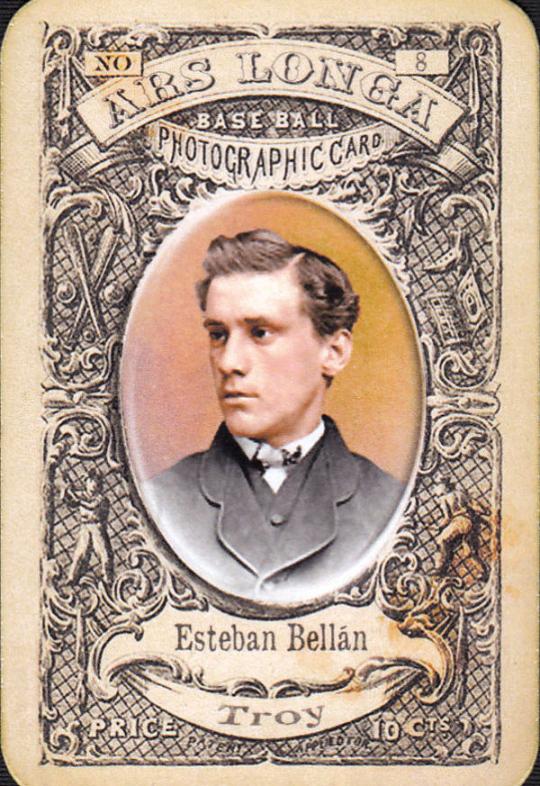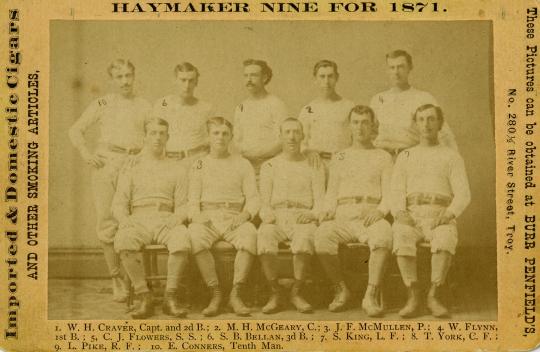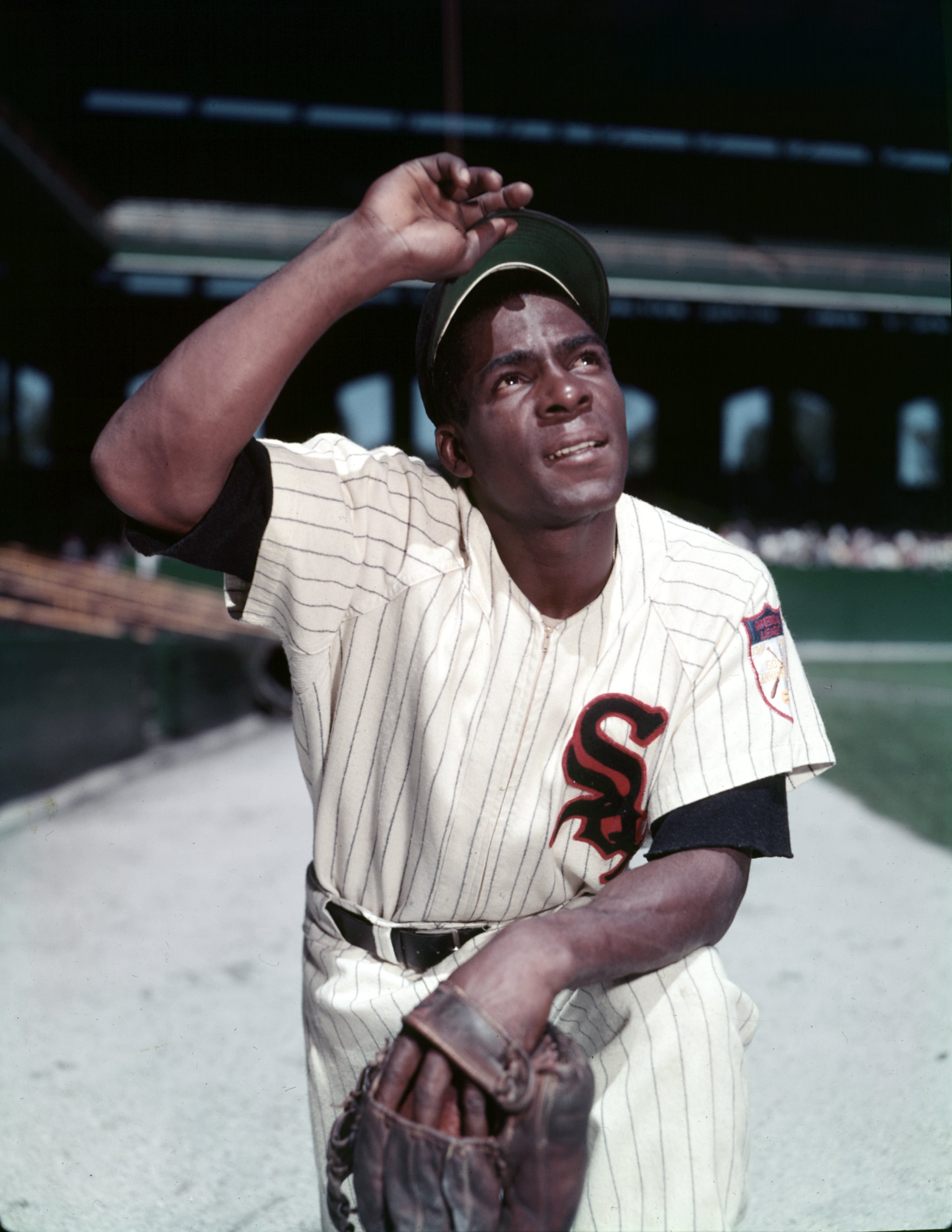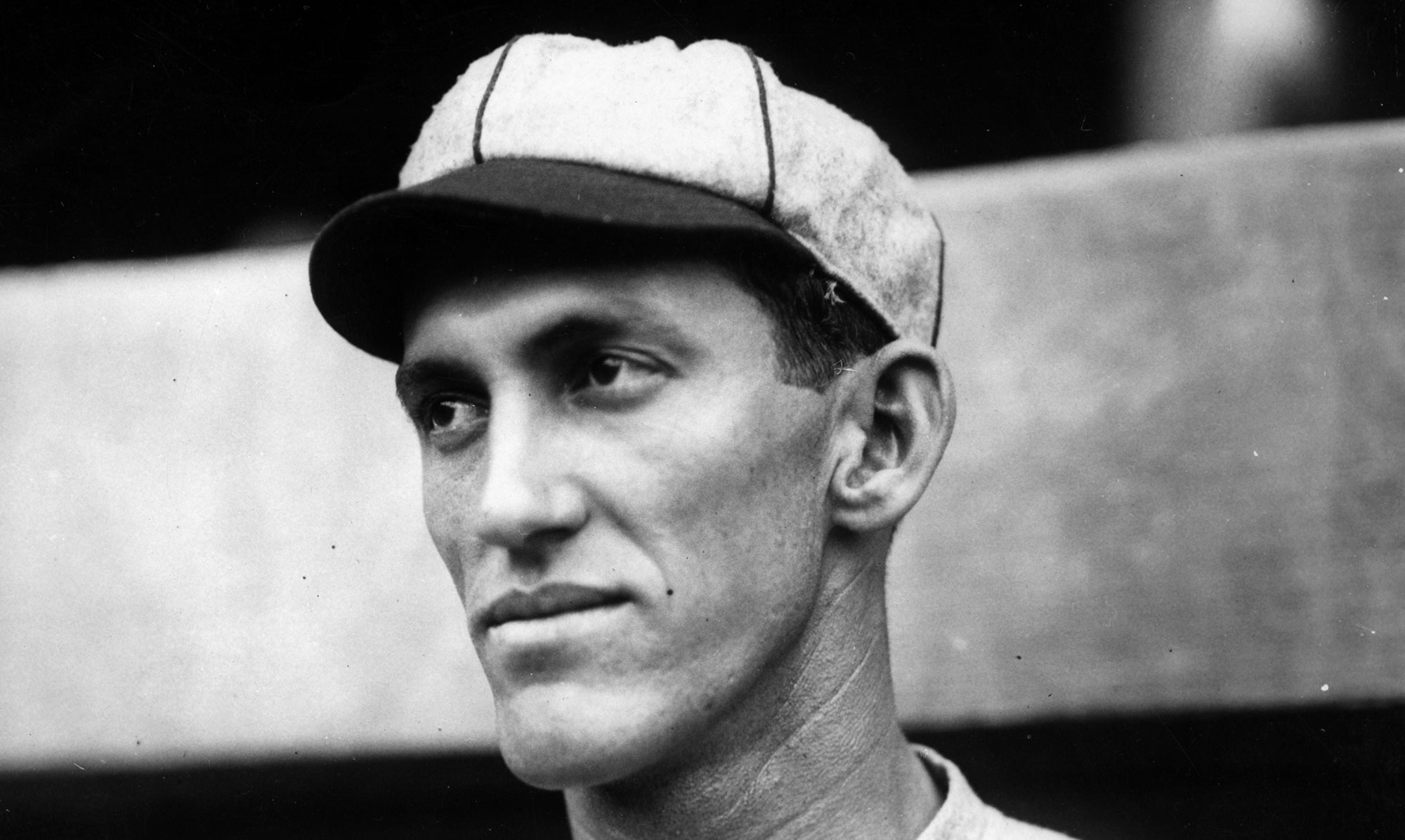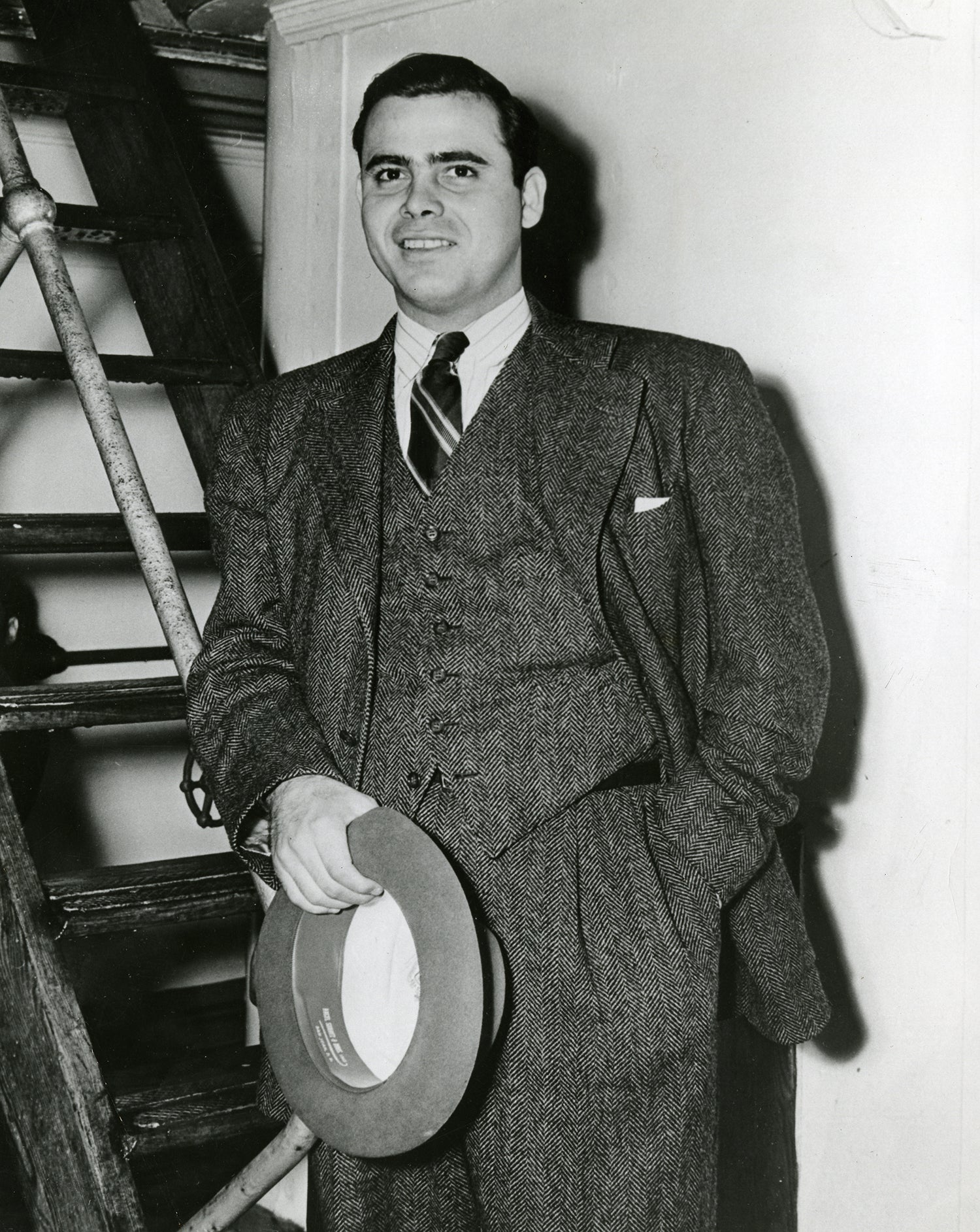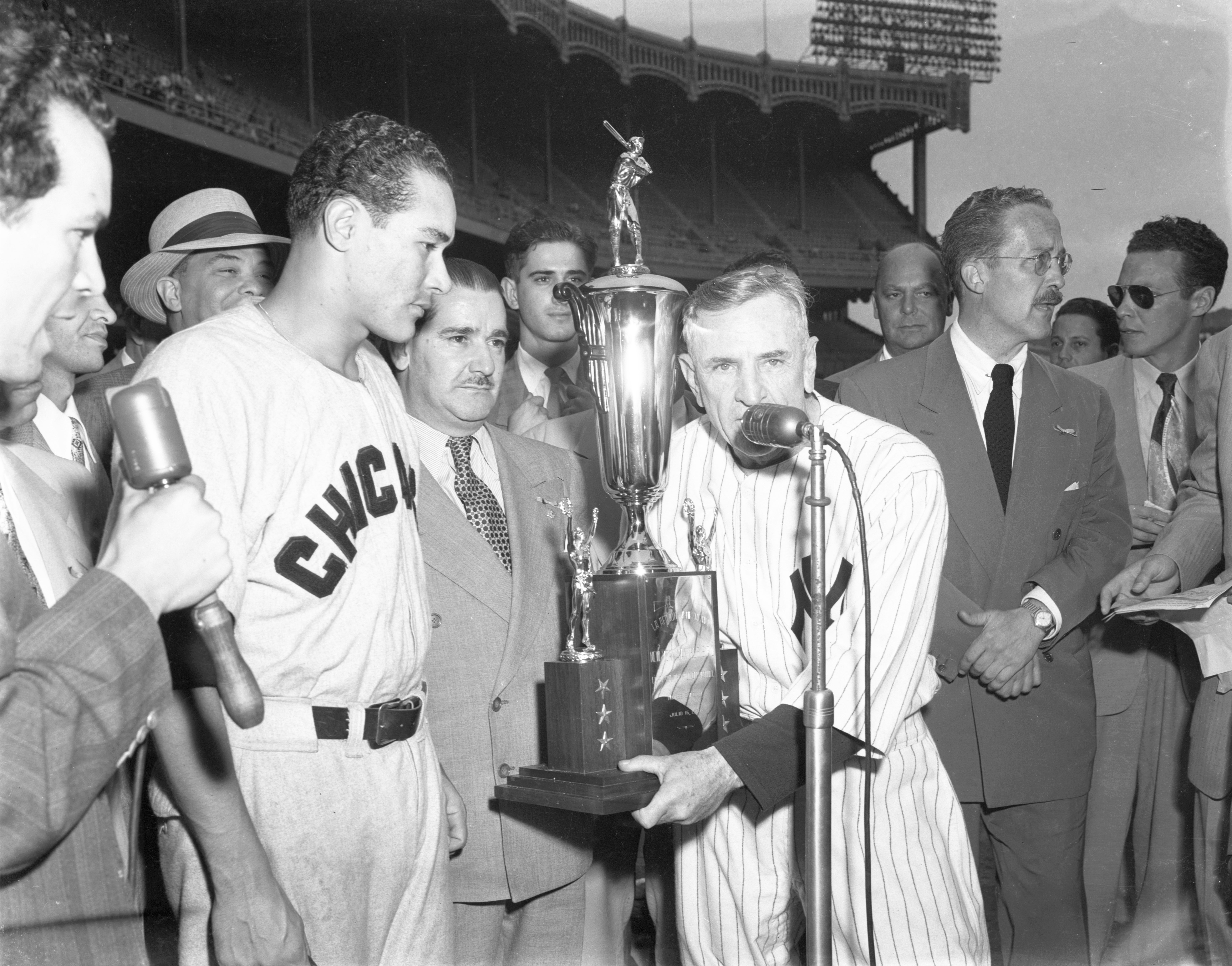Esteban Bellán charted the way for Latino ballplayers
To modern fans, the stream of baseball talent coming from Latin America may appear to be a 20th century component of baseball history.
But this is a pipeline that can trace its roots back to the earliest days of professional baseball in North America. In fact, when the first professional league formed in 1871, one charter member, the Troy Haymakers, had a Cuban-born player. He was Esteban Bellán, a young man born in Havana, who is today recognized as the first Latin American player to appear at the big league level.
This occurred at the time when the NABBP was debating the establishment of professionalism in the game, with Lansingburgh making the decision to join this new category. They would appear as the Troy Haymakers, a charter member of the National Association, the first openly professional major league in 1871.
Bellán would play for Troy during the 1871 and 1872 campaigns, and would appear as a member of the New York Mutuals of the National Association in 1873. As a third baseman, he was known for his slick, gloveless fielding skills, earning the nickname “The Cuban Sylph.”
The New York Clipper would report that he was “one of the pluckiest of base players.” His arm, however, was described as erratic and his hitting skills were average. Regardless, he was good enough to play at the highest level for the three seasons before heading back to Cuba.
Upon return to his native island, Bellán would discover the population was more than ready to adopt his favorite sport. While there is some dispute as to who deserves credit for the introduction of the game, Bellán certainly played an important role in its further development.
For Cubans, baseball became a form of rebellion against Spain. The colonial power favored bullfighting, and in some areas the game of baseball was banned. As such, the game became a statement of independence, and Esteban Bellán was instrumental in growing interest in the game, serving as player-manager in the first professional Cuban league at the end of 1878. He would remain active on the Cuban baseball scene for several years, before disappearing from the historical record. His death occurred on Aug. 8, 1932, but the final four decades of his life remain largely a mystery.
A post script: Different accounts list Bellán as being a Fordham graduate. However, this does not appear to be correct. A 1969 letter from a Fordham University archivist states: “He probably left in his Sophomore year to become a semi-professional baseball player as they were then called. Estevan [sic] Bellan did not graduate and is not listed among the alumni. He did well scholastically in the beginning but I guess sport caught up with him.”
Jim Gates is the librarian emeritus at the National Baseball Hall of Fame and Museum

